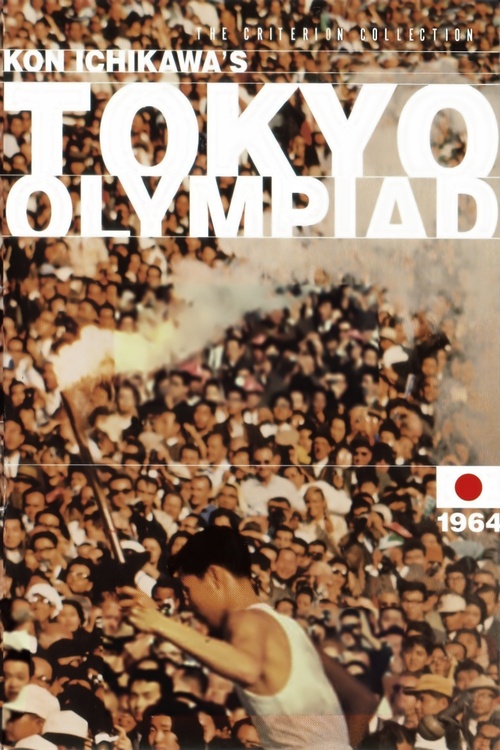What it’s about
A burning sun rises in the sky, a flame ignites the Olympic cauldron, and for nearly three hours we are transported into the living, breathing sporting arenas of 1964 Japan. With glorious color and widescreen cinematography, Ichikawa films athletes like an anthropologist observing exotic creatures: in slow motion, extreme close-up, or unconventional camera angles. Some sports are covered in detail, some brushed over more quickly. We see American Bob Hayes win the hundred-meter dash and witness female athletes compete for the Gold in volleyball. Two weeks of athletic endeavor are condensed into a rich, gorgeous tapestry of human effort and endurance.
Why we love it
Commissioned by the Japanese Olympic Committee to commemorate that country's impressive post-war reconstruction, Ichikawa's film was initially considered a disappointment, but now stands as a classic of its type (alongside Leni Riefenstahl's “Olympia”). A vast team of cinematographers captures the sheer beauty of competition, the pain of defeat, and, regardless of result, the physical toll on the human body. A montage of gymnasts plays like abstract art; men in boats appear in silhouette. As the athletes strive for the finish line, we enjoy the sensation of having suffered and triumphed right beside them. Don't miss this amazing sports documentary — it's an unqualified triumph.
